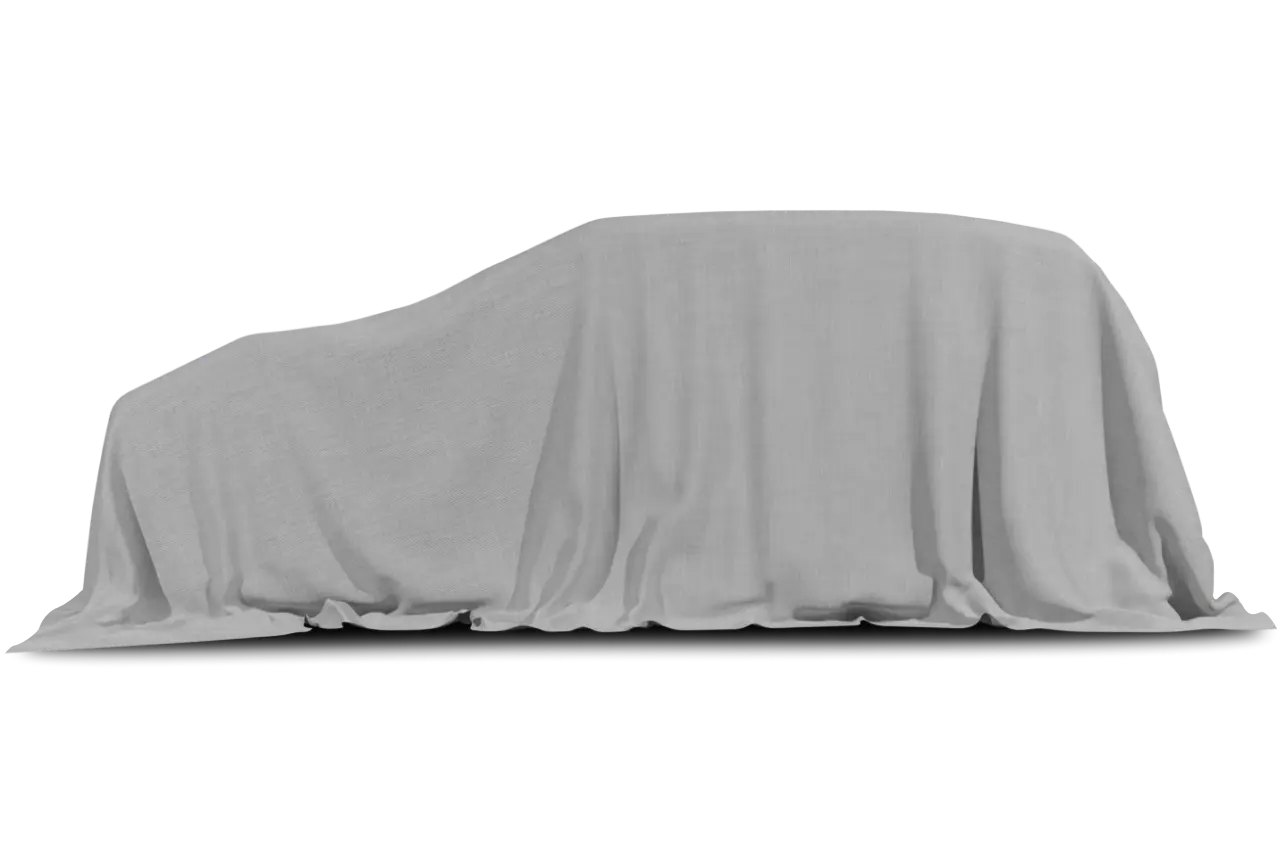
We’ve praised Nissan for its mostly impressive revitalization of the Nissan Altima sedan. We’ve lauded the company for its latent discovery that middle-class families deserve mid-size cars with attractive interiors. We have misspoken.
The problem is that Nissan offers 10 different styles in its Altima line. In the past, I and my associate, Ria Manglapus, have reviewed only the best of those — the splendiferous V-6 Altima 3.5 SE sedan with premium trim and the equally attractive, but less powerful, in-line four-cylinder Altima 2.5 with SL premium appointments.
The upscale models made us feel good about the front-wheel-drive Altima. They tempted us to thumb our noses at perennial family sedan favorites — the Toyota Camry and Honda Accord.
We were giddy with excitement, convinced that Nissan executives had heard and heeded our longtime plea: “Hey, folks. The Altima’s body looks good. But its interior is raggedy. Fix the interior. And while you’re at it, give us a quieter car and a more compliant, but non-squishy suspension.”
Thus filled with self-congratulatory hubris, we ventured into a lesser Altima — the 2008 2.5 S, equipped with a 2.5-liter, 175-horsepower, inline four-cylinder engine and a continuously variable transmission (CVT).
We were disappointed.
But first, an aside:
Transmissions change the speed ratios between the engine and the drive wheels of a car or truck. Most of us in America are familiar with automatic transmissions, which do the job with a combination of toothed, planetary, fixed-ratio gears. An automatic transmission might have four, five, or — in the case of expensive models such as those produced by Mercedes-Benz — seven forward gears. Of course, there’s always the reverse gear for backing up.
The continuously variable transmission, an incredibly old idea reborn many times, does away with fixed gear ratios. Instead, many CVTs use a pulley system to allow infinite variability between the highest and lowest gears with no step-type shifts.
By eliminating those step-type shifts, CVTs eliminate work. By eliminating work, CVTs reduce the amount of energy needed to do work. By reducing the amount of energy needed to move a car or truck, CVTs — generally, theoretically — save fuel. That is why companies such as Nissan are turning toward CVTs today.
It’s a good thing when done right. In the tested Altima 2.5 S, it seems to have been done poorly. At lower speeds, the car felt like a wind-up toy. It felt substantially better at highway speeds. But there was something in its demeanor — a seeming hesitance at speeds a tad north of 65 miles per hour — that persuaded us to keep it in the middle and right lanes as much as possible.
Then, there was the suspension in the Altima 2.5 S. In fairness, we had been spoiled by the more robust underpinnings of the V-6 Chevrolet Malibu LTZ and beautifully engineered V-6 Honda Accord. Getting into the Altima 2.5 S after being in one of those cars is something like eating at McDonald’s after becoming accustomed to dining at well-staffed, solid, mid-priced family restaurants. Clearly, something is missing.
The Altima 2.5 S seemed to have come with all of the right stuff: a four-wheel independent suspension with MacPherson front struts, front and rear stabilizer bars and a multi-link rear suspension. But had it been a competitor on ABC TV’s “Dancing With the Stars,” it would’ve flunked the judging. The footwork was timid, uncertain. When it came to the rhythm of the road, it just didn’t feel the music.
Thus chastened, we parked the Altima 2.5 S. What is that saying? “You get what you pay for.” Maybe, that’s right. But we expected more.




































